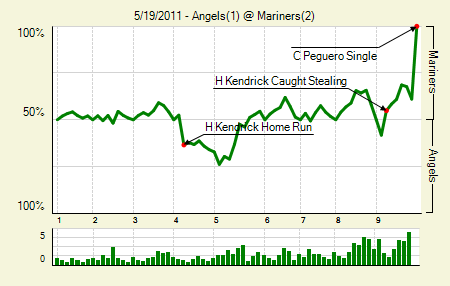Saber-Friendly Tip #1: The Linguistics of BABIP
Through some conversations with colleagues, I’ve recently had a bunch of thoughts floating around in my head about how to best present sabermetric stats to an audience. I posted some of these thoughts recently in an article, and I’m planning to continue listing tips every now and then. And of course, a bit thanks to Sky Kalkman’s old series at Beyond the Boxscore for the title inspiration.
Batting Average on Balls In Play (BABIP) is one of the mainstays of sabermetric analysis. In fact, I’d suggest it’s one of the most commonly used saber-stats; it’s important whether you’re talking about batters or pitchers, and it’s useful in explaining why players aren’t performing as you’d otherwise expect. If you’re trying to analyze a player and talk about how they will perform going forward, how can you not talk about BABIP?
But despite being such an important statistic, many people are initially skeptical of BABIP. What do you mean to tell me that batters don’t have control over where they hit the ball? Why should I believe that there isn’t a large amount of skill involved in BABIP? To say that there’s a large amount of variation and luck involved in BABIP (and therefore, batting average) seems counterintuitive to people. After all, many baseball fans grew up with the idea that hitting for a high average is very much a skill, not the product of skill and some luck.
So recently, I’ve started trying something a little bit different: presenting BABIP as a percentage. And so far, I think it’s helping.




